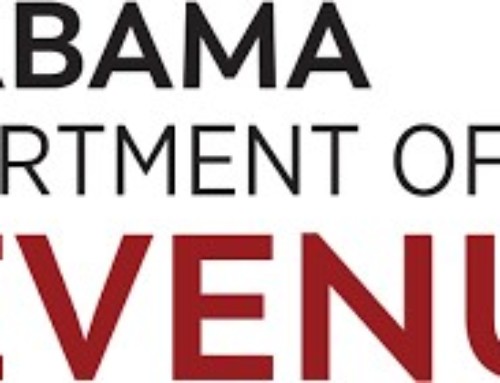There are two categories of employers for Form W-2 reporting of health care.
1. Those who will receive Transition Relief
2. Those who are required to report on the 2012 Form W-2 issued in January 2013
Transitional Relief applies to:
- Employers who filed fewer than 250 Forms W-2 for the prior year (2011 Forms in this case)
- Forms W-2 to terminated employees who request Forms W-2 before the end of the year
- Forms W-2 provided by third-party sick-pay providers to employees of other employers
Transitional Relief is in place for calendar year 2012 and remains in place until the IRS issues further guidance. Note that any guidance that expands the reporting requirements will apply only to calendar years that start at least six months after the guidance is issued. For example since we have only 4 months left in 2012, any guidance issued will not apply to the 2013 tax year reported in January of 2014. We will monitor the IRS guidance and report further when additional guidance is released.
For those who don’t qualify for transitional relief, the value of insurance will be reported in Box 12 of Form W-2 with a code DD. There is no box on Form W-3 for the reported premiums. The amount to report on Form W-2 is the total of amounts paid by the employer and employee on any employer sponsored coverage other than those noted below. This would include any amounts paid to cover family members as well. Additionally, any changes in cost during the year must be reflected in the premium reported. This would apply both to increases in premiums and to changes in insurance elections by the employee. It is important to remember that reporting DOES NOT impact coverage taxability. Amounts reported that are not taxable should not be added to wages in Box 1 of the W-2 form.
There are several types of coverage that are optional for reporting. Those are:
- Multi-Employer Plans
- Health Reimbursement Arrangements
- Dental and Vision plans not in another plan
- Self-insured plans of employers not subject to COBRA continuation coverage or similar requirements
There are also several employer-sponsored coverages excepted from reporting. Those are:
- Archer Medical Savings Accounts
- Health Savings Accounts
- Salary reductions for flexible spending arrangements
There are several types of insurance that are excluded from reporting. Those are:
- Coverage for long-term care
- HIPPA “excepted benefits”
- Dental and vision coverage
- Specialized coverage if paid on an after tax basis
To calculate the amount to report on Form W-2 you will need to use one of the following valuation methods:
- The Premium Charged Method is for Insured Group Health Plans only and is exactly the premiums charged.
- The COBRA Applicable Premium Method is a calculation based on COBRA premiums for the employer
- The Modified COBRA Premium Method is an estimate of the COBRA premium and can be used if the COBRA rate is discounted
- Composite Rates are a blend of methods
The IRS has created a chart illustrating the types of coverage that must be reported. This can be accessed here.
If you have any questions or concerns about the new Health Care law and how it affects your Forms W-2, please contact our Client Service Department at JamisonMoneyFarmer PC





Leave A Comment
You must be logged in to post a comment.